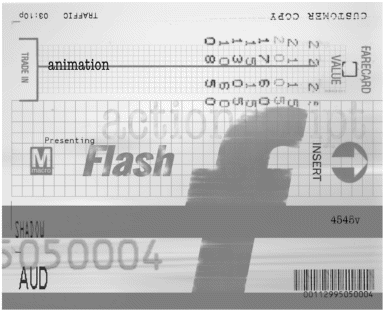Chapter 10. Animation Techniques
| When you think of animation, you might recall Warner Brothers cartoons and full-length Disney animated movies from your childhood (or your adult childhood). These relatively large-scale productions follow the same principles required to create the simplest of Flash animations. As a matter of fact, much of the illusion of movement that you see in full-motion cinematic pictures can be broken down into component parts to help reduce the amount of time and effort required to create an animated story. When cartoons entered the television age, animators began to take greater advantage of techniques that you, too, can use to economize repetitive motion and reduce the amount of time required to produce a feature. By breaking down the animation into reusable pieces such as walking, talking, and so on, you can use these actions in more than one area of the feature you're working on. Pattern identification is part of human nature ”we're good at it, so when these techniques are overused or poorly employed, people notice. But when you use these tricks correctly, they can be subtle, imperceptible, and, ultimately, economical to the development process. One of the key advantages of the Flash animation environment is that it's engineered to take advantage of looping techniques by virtue of its symbol and movie clip library. Create a walking sequence for your character, turn it into a character movie clip inside of Flash, and you can then use that movie clip to walk in place as a background layer moves behind it. Then, later in the animation, you can use that same character movie clip in connection with a motion tween to make the character walk across the foreground of a motionless background. Reuse is key here. In fact, you'll see this same concept come into play as you get into the more programming- related chapters. Reuse is efficient. The process of creating a rich and engaging animation involves so much more than "leading the character" around the stage. Some of the other common elements that will be discussed in this chapter are as follows :
You'll start out at the beginning: learning how to build the story. |
EAN: 2147483647
Pages: 257
